The U.S. Bureau of Labor Statistics released its August Inflation report on Wednesday September 11th showing Annual Inflation was down from 2.9% in July to 2.5% in August.
(But since we calculate it to two digits, it was actually 2.89% in July and 2.53% in August.) On a non-seasonally adjusted basis, monthly inflation in July was 0.12% and 0.08% in August. 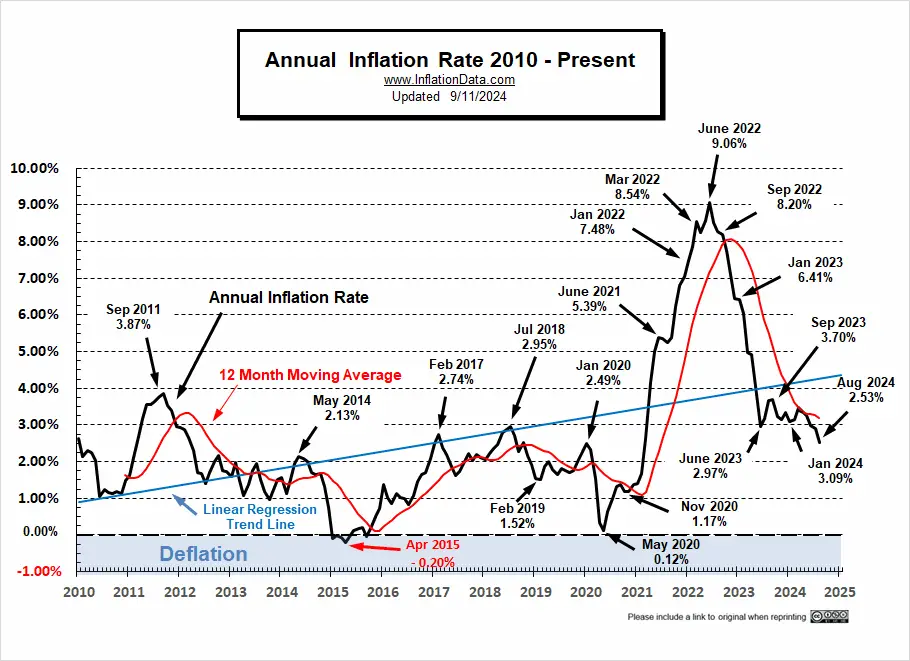
Gold Prices:
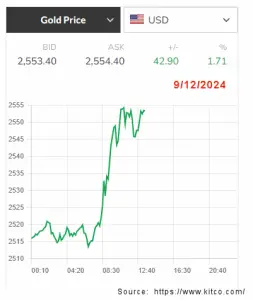 Contrary to what you might expect the day after the release of the lower inflation numbers Gold rallied to $2554 by mid-afternoon. I’ve often said, Gold is a crisis hedge NOT an inflation hedge. This is primarily because there is no “counterparty risk” i.e., it is strictly an asset not simultaneously someone else’s liability. So when people need liquidity they can always count on being able to sell their gold. The perfect example was in the 2008 meltdown. Investors had to cover their losses and so they were forced to sell gold. This temporarily drove the gold price down but at least there were buyers when there were no buyers for other assets. And long before other prices rebounded the gold price was up.
Contrary to what you might expect the day after the release of the lower inflation numbers Gold rallied to $2554 by mid-afternoon. I’ve often said, Gold is a crisis hedge NOT an inflation hedge. This is primarily because there is no “counterparty risk” i.e., it is strictly an asset not simultaneously someone else’s liability. So when people need liquidity they can always count on being able to sell their gold. The perfect example was in the 2008 meltdown. Investors had to cover their losses and so they were forced to sell gold. This temporarily drove the gold price down but at least there were buyers when there were no buyers for other assets. And long before other prices rebounded the gold price was up.
Currently one of the main drivers of the price of gold is government demand. Foreign Governments are stocking up because Biden used Dollars as a weapon against Russia. Therefore governments are shifting out of dollars as a reserve asset and into gold in order to protect themselves against the U.S. doing the same to them. This is being touted as a PetroDollar problem but it is more than that, it is a lack of confidence in the reliability of the U.S. government. Just as it was in the 70s when Nixon took us off the gold standard. The difference then was that there was also pent-up demand from retail investors since it had been illegal for U.S. citizens (individuals) to own gold since 1933 when Franklin Roosevelt stole the citizen’s gold and then promptly raised the fixed price.
Between Monetary warfare and actual warfare the world is looking much like it did in 1980 and the price of gold is reflecting that. The one factor that isn’t like 1980 is that inflation is already down where in 1980 annual inflation was still over 12%.
Inflation Adjusted Gold Prices:
On an inflation-adjusted basis gold is near all-time-highs. The inflation-adjusted 1980 average price is $2553 and when I made this chart gold was at $2547 and since then it has exceeded $2553. The absolute peak price in 1980 was $850 or an inflation-adjusted whopping $3226 in August 2024 dollars but gold is currently above the average inflation-adjusted price for 1980. The 2024 average price is roughly equal to the inflation-adjusted 2012 average price.
Kitco reported: Gold price higher after another tame U.S. inflation report
More Gold Articles:
- Why (and How) China is Boosting the Price of Gold
- Gold Price and Its Relationship with Inflation
- Is Gold an Inflation Hedge?
- Why Buy Gold?
- The Case of the Disappearing Gold
- 2 Types of Money
- What are “Foreign Exchange Reserves”?
- Why Gold is a Good Investment for Inflationary Times
- Gold and the Federal Reserve
- Civil Liberties Rest Upon Sound Money
Inflation Prediction:
Last month we said, “With August 2023 having a relatively high monthly inflation of 0.44% we can expect annual inflation to fall next month”. And that is precisely what happened. Inflation came in between our “Most Likely” and “Likely Low” range.
See this month’s MIP prediction
August 2024 Inflation Summary:
- Annual Inflation fell from 2.89% to 2.53%
- CPI Index rose from 314.540 to 314.796
- Monthly Inflation for August was 0.08%
- Next release October 10th 2024
| Jan | Feb | Mar | Apr | May | June | July | Aug | Sep | Oct | Nov | Dec | |
| 2022 | 7.48% | 7.87% | 8.54% | 8.26% | 8.58% | 9.06% | 8.52% | 8.26% | 8.20% | 7.75% | 7.11% | 6.45% |
| 2023 | 6.41% | 6.04% | 4.98% | 4.93% | 4.05% | 2.97% | 3.18% | 3.67% | 3.70% | 3.24% | 3.14% | 3.35% |
| 2024 | 3.09% | 3.15% | 3.48% | 3.36% | 3.27% | 2.97% | 2.89% | 2.53% |
BLS Commentary:
The BLS Commissioner reported:
“The Consumer Price Index for All Urban Consumers (CPI-U) increased 0.2 percent on a seasonally adjusted basis, the same increase as in July, the U.S. Bureau of Labor Statistics reported today. Over the last 12 months, the all items index increased 2.5 percent before seasonal adjustment. The index for shelter rose 0.5 percent in August and was the main factor in the all items increase. The food index increased 0.1 percent in August, after rising 0.2 percent in July. The index for food away from home rose 0.3 percent over the month, while the index for food at home was unchanged. The energy index fell 0.8 percent over the month, after being unchanged the preceding month.”
Looking at table A below we can see that on an annual basis energy and commodities are currently reducing overall inflation but Services are high.
The biggest gainers on an annual basis were Services including shelter, transportation services, and food away from home. Energy prices continue to be a counteracting force to services.
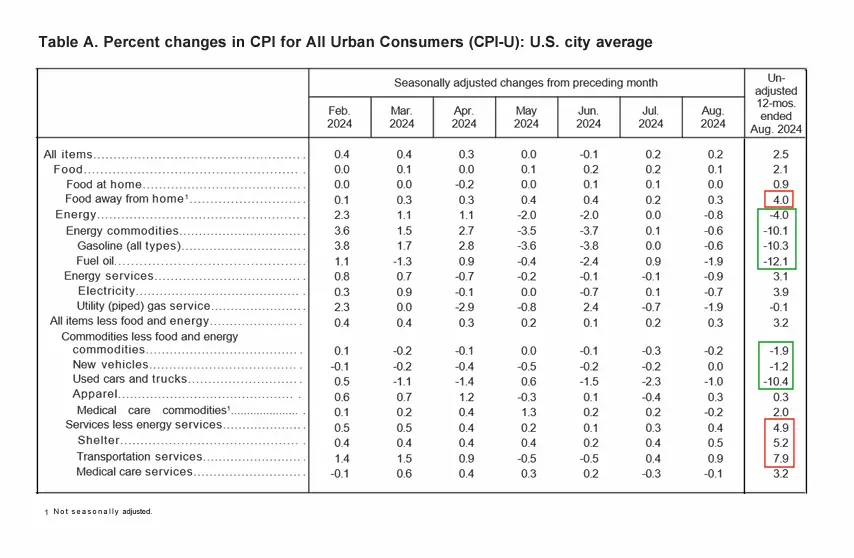
Although these “Seasonally Adjusted” numbers are slightly different than those presented by the BLS, the following chart from the Federal Reserve shows the gap between inflation with and without Food and Energy. Comparing the two we can see how much food and energy contribute toward overall inflation.
If the blue line is above the red line, food and energy, add to the overall inflation rate. But if blue is below the red line, they are actually mitigating overall inflation. With Energy prices on a monthly basis still negative they are still moderating overall inflation.
Source: St. Louis FED
FED Assets
FED assets continue downward.
M2 Money Supply
But M2 money supply is trending upward.
More info about FED Monetary Policy and Inflation
Energy Prices
Overall energy prices have been down over the last year because the government was flooding the market with cheap oil by depleting our strategic petroleum reserves.
This chart from the U.S. EIA shows the extent of the recent strategic petroleum reserve drawdown it has started to tick up slowly in the last few months. Most recent data is May 2024.
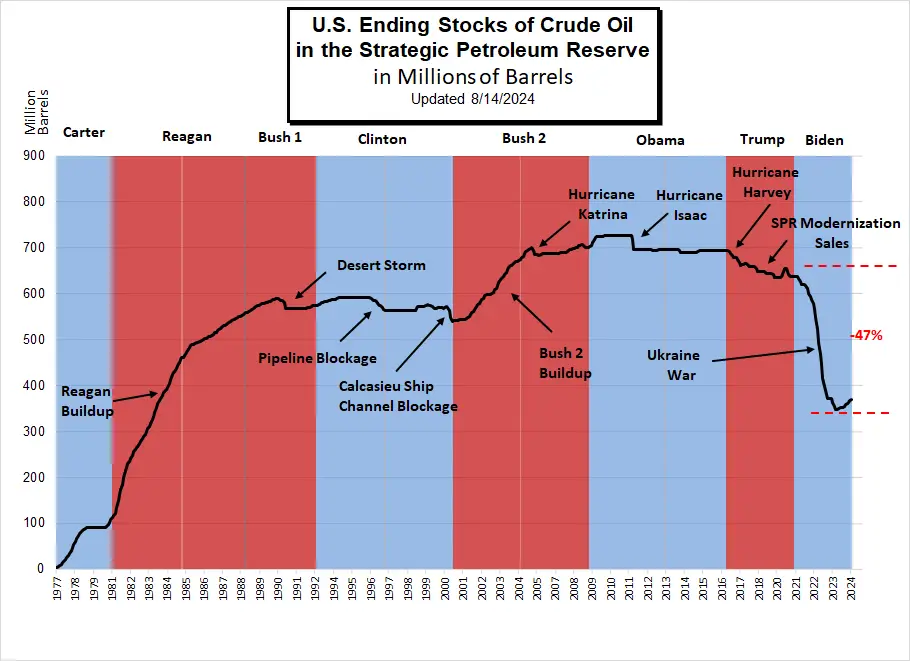 EIA Data History of SPR Releases
EIA Data History of SPR Releases
U.S. Ending Stocks of Crude Oil in SPR
(Million Barrels)
| Jan | Feb | Mar | Apr | May | Jun | Jul | Aug | Sep | Oct | Nov | Dec | |
| 2010 | 726.612 | 726.608 | 726.604 | 726.599 | 726.594 | 726.591 | 726.586 | 726.581 | 726.513 | 726.550 | 726.547 | 726.545 |
| 2020 | 634.967 | 634.967 | 634.967 | 637.826 | 648.326 | 656.023 | 656.140 | 647.530 | 642.186 | 638.556 | 638.085 | 638.086 |
| 2021 | 638.085 | 637.773 | 637.774 | 633.428 | 627.585 | 621.304 | 621.302 | 621.302 | 617.768 | 610.646 | 601.467 | 593.682 |
| 2022 | 588.317 | 578.872 | 566.061 | 547.866 | 523.109 | 493.324 | 468.006 | 445.057 | 416.393 | 398.569 | 388.419 | 372.030 |
| 2023 | 371.579 | 371.579 | 371.175 | 363.723 | 354.366 | 347.158 | 347.454 | 350.330 | 351.274 | 351.274 | 351.911 | 354.684 |
| 2024 | 358.013 | 360.958 | 363.934 | 366.917 | 370.167 | 373.072 | NA | NA | NA | NA | NA | NA |
Inflation Chart
Monthly Inflation Compared to Previous Years:
The monthly inflation rate for August 2024 was 0.08%.
In the chart below, we can see how the UNADJUSTED monthly inflation compares between 2018 (light green), 2019 (light blue), 2020 (pink), 2021 (purple), 2022 (orange), 2023 (dark), 2024 (teal). Interestingly, January 2018 and January 2024 are identical. In 2024 monthly inflation started a bit higher than average at 0.54%, 0.62%, 0.65%, but April, May, and June 2024 came in significantly lower than 2023, which brought annual inflation down a bit. June was very low at 0.03%, July was slightly higher but still low at 0.12% and August was 0.08%.
Not Seasonally Adjusted Monthly Inflation Rates
Note: January 2022’s 0.84% was the highest January since 1990. June was the highest June since 1941 (although the first quarter of 1980 had some higher rates). Typically, the first quarter has the highest monthly inflation and the 4th quarter is the lowest (even negative).
| Jan | Feb | Mar | Apr | May | Jun | Jul | Aug | Sep | Oct | Nov | Dec | |
| 2016 | 0.17% | 0.08% | 0.43% | 0.47% | 0.41% | 0.33% | (0.16%) | 0.09% | 0.24% | 0.12% | (0.16%) | 0.03% |
| 2017 | 0.58% | 0.31% | 0.08% | 0.30% | 0.09% | 0.09% | (0.07%) | 0.30% | 0.53% | (0.06%) | 0.002% | (0.06%) |
| 2018 | 0.54% | 0.45% | 0.23% | 0.40% | 0.42% | 0.16% | 0.01% | 0.06% | 0.12% | 0.18% | (0.33%) | (0.32%) |
| 2019 | 0.19% | 0.42% | 0.56% | 0.53% | 0.21% | 0.02% | 0.17% | (0.01%) | 0.08% | 0.23% | (0.05%) | (0.09%) |
| 2020 | 0.39% | 0.27% | (0.22%) | (0.67%) | 0.002% | 0.55% | 0.51% | 0.32% | 0.14% | 0.04% | (0.06%) | 0.09% |
| 2021 | 0.43% | 0.55% | 0.71% | 0.82% | 0.80% | 0.93% | 0.48% | 0.21% | 0.27% | 0.83% | 0.49% | 0.31% |
| 2022 | 0.84% | 0.91% | 1.34% | 0.56% | 1.10% | 1.37% | (0.01%) | (0.04%) | 0.22% | 0.41% | (0.10%) | (0.34%) |
| 2023 | 0.80% | 0.56% | 0.33% | 0.51% | 0.25% | 0.32% | 0.19% | 0.44% | 0.25% | (0.04%) | (0.20%) | (0.10%) |
| 2024 | 0.54% | 0.62% | 0.65% | 0.39% | 0.17% | 0.03% | 0.12% | 0.08% |
See: Monthly Inflation Rate for more information and a complete table of Unadjusted Monthly Rates.
Misery Index
Current Misery Index:
Unemployment 4.2% + Inflation 2.53% = 6.73%
Unemployment and inflation were down so the misery index fell.
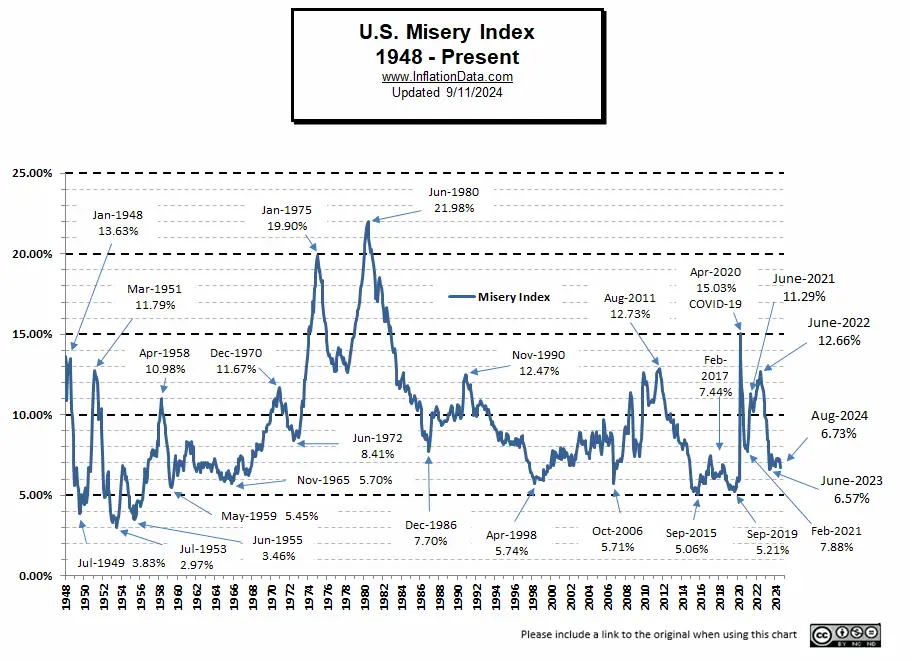 [Read More on the Misery Index…]
[Read More on the Misery Index…]
Rate of Change (ROC) Charts
We changed the ROC Format and added a Crypto ROC chart. The NYSE ROC continued upward through the end of August and retains a hold signal.
The NASDAQ ROC issued a Sell signal at the end of July (prior to the mini Yen crash) and continues in “Sell” mode but could reverse directions with a FED rate cut.
Bitcoin also issued a tentative sell signal due to recent weakness in light of massive selling by the German government. See our new Crypto ROC for more information.
For more information, see NYSE Rate of Change (ROC) , NASDAQ ROC Chart, and Crypto ROC .
You Might Also Like:
From InflationData.com
- What Causes Stagflation?
- Inflation Causes Inequality
- Navigating High Inflation: Should You Buy, Sell, or Hold Off on Real Estate?
- Inflation’s Hidden Impact on Healthcare: What’s Driving Costs Up?
- The Death of the PetroDollar
From Financial Trend Forecaster
- Moore Inflation Predictor
- NYSE ROC
- NASDAQ ROC
- Crypto ROC
- Are Some Forms of Taxation Worse Than Others for the Economy?
- Are Price Controls a Good Idea?
- Modern Monetary Theory (MMT)
- Canada’s Economic Crisis
- Crypto: Crash or Opportunity?
- Bureaucracy: The Red Tape that Prevents Economic Growth
- How Washington and the Fed Caused the Commercial Real Estate Crisis
From UnemploymentData.com.
- August 2024 Jobs Report
- BLS Erases 800,000 Jobs
- July Jobs Report Spooks Stock Market
- Opportunities You Can Find With a CDL License
From Elliott Wave University
- Gold Prices: The calm before a record run
- This Trend Will Likely Soon Rock the U.S. Financial System
- Elliott Wave Analysis of Bitcoin
- Is a China-Taiwan Conflict Likely? Watch the Region’s Stock Market Indexes
- What New York City’s Art Auctions Tell You About the Stock Market — and Social Mood
From OptioMoney
- Consumer Culture Contrasting Spending Habits in the US and Europe
- Financial Considerations When Moving to Florida
- Splitting Your Golden Years:
- Home-Buying Guide for Newlyweds
- Smart Ways to Save for a Rainy Day Fund
From Your Family Finances
- How to Financially Prepare for Hurricane Season
- Key Considerations for Smooth Wealth Transfer Planning
- Taxes After Retirement: What You Need To Know
- Conquer Your Debt: Tips for a Successful Financial Future
- Cost of Living Adjustments: Moving from the North to Florida

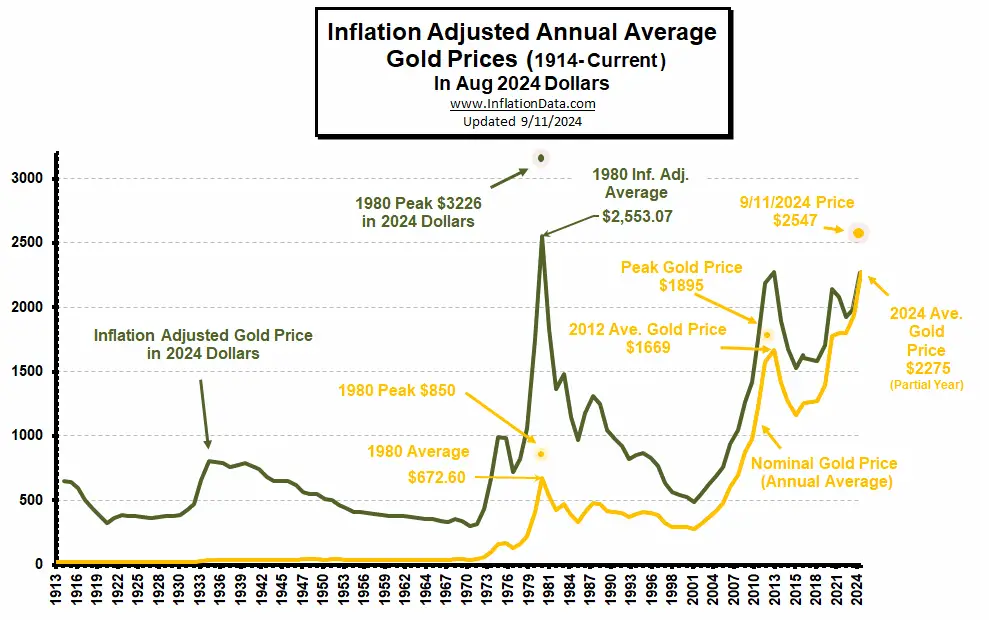
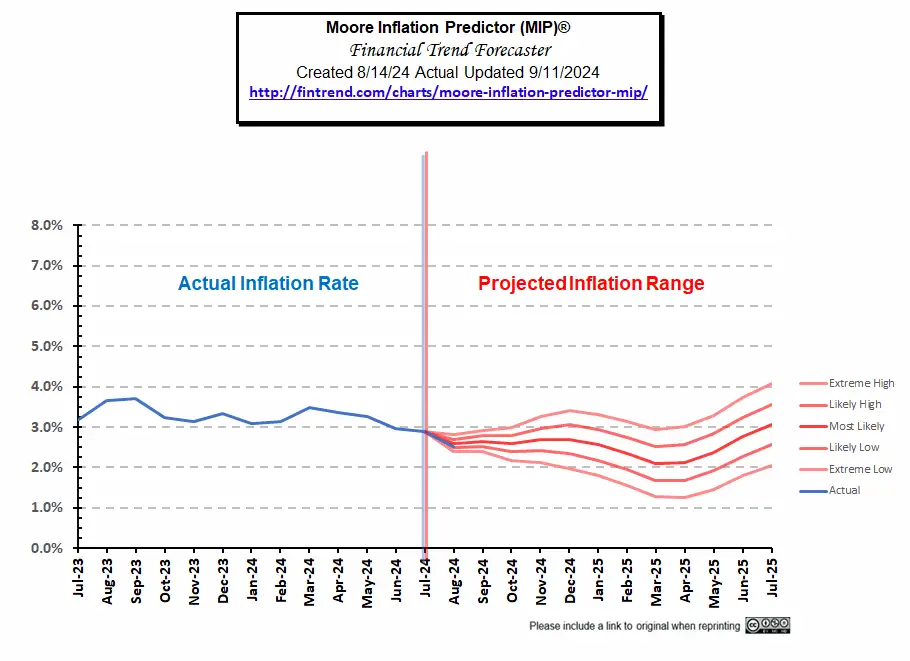
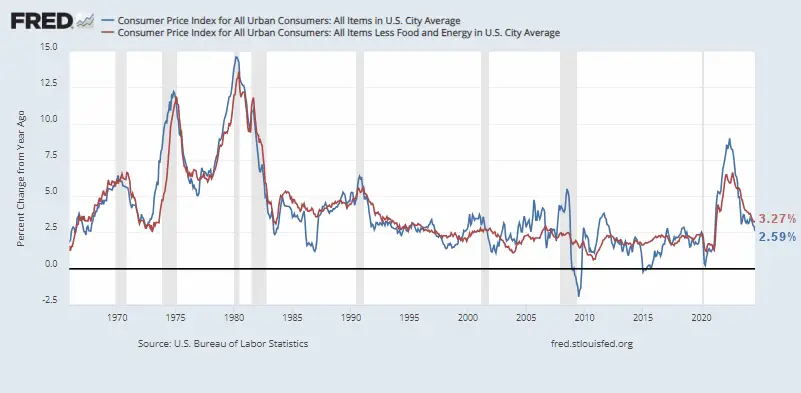
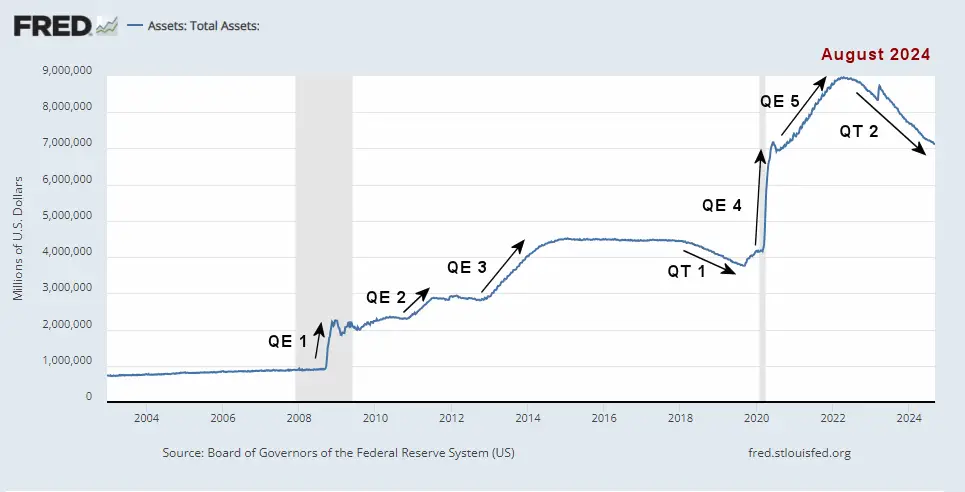
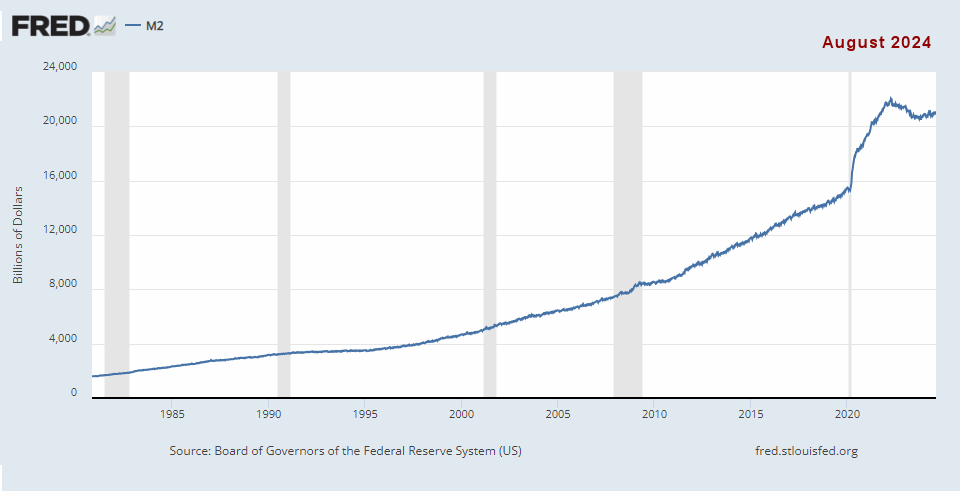
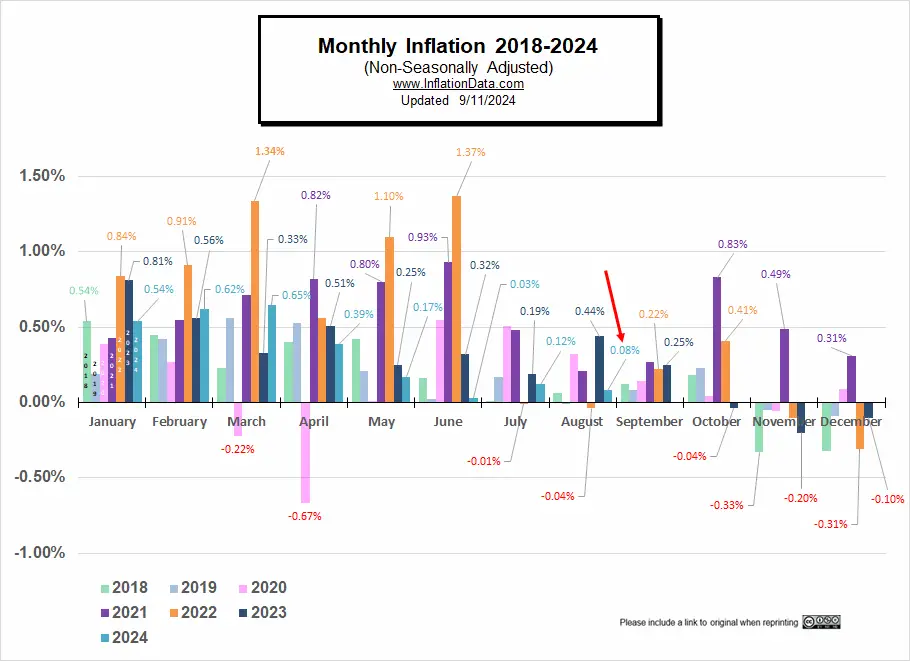
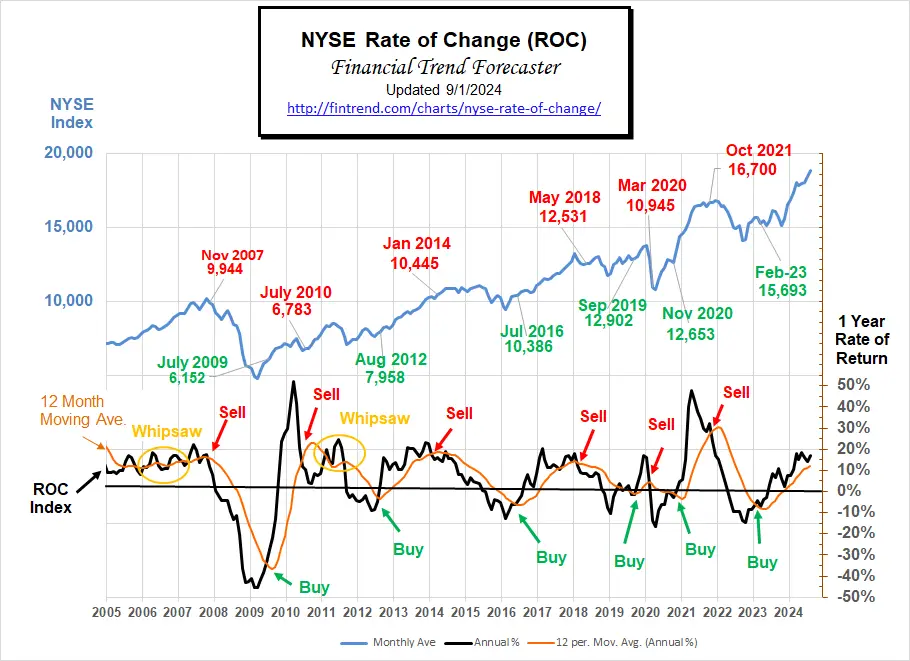
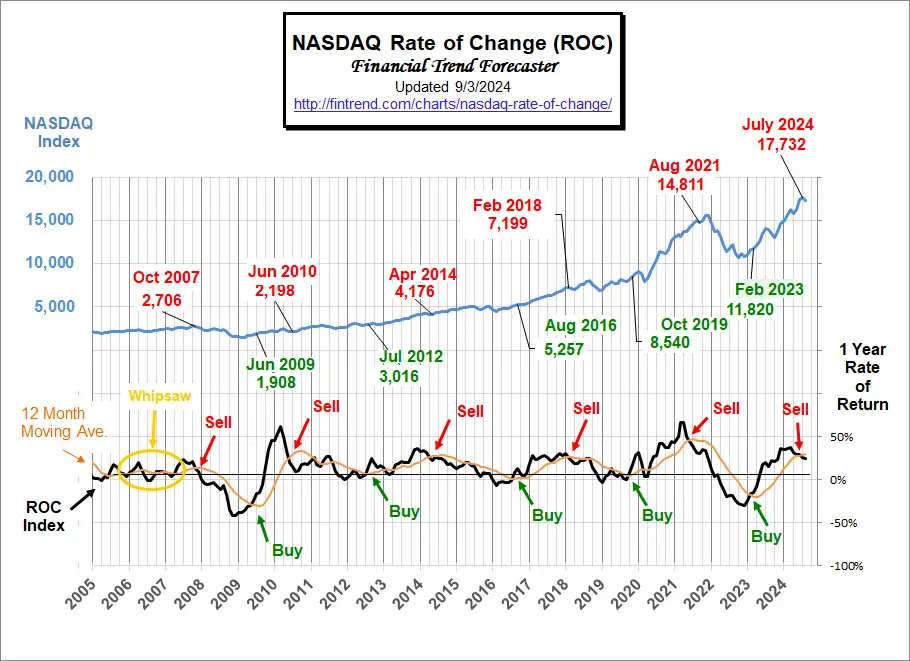
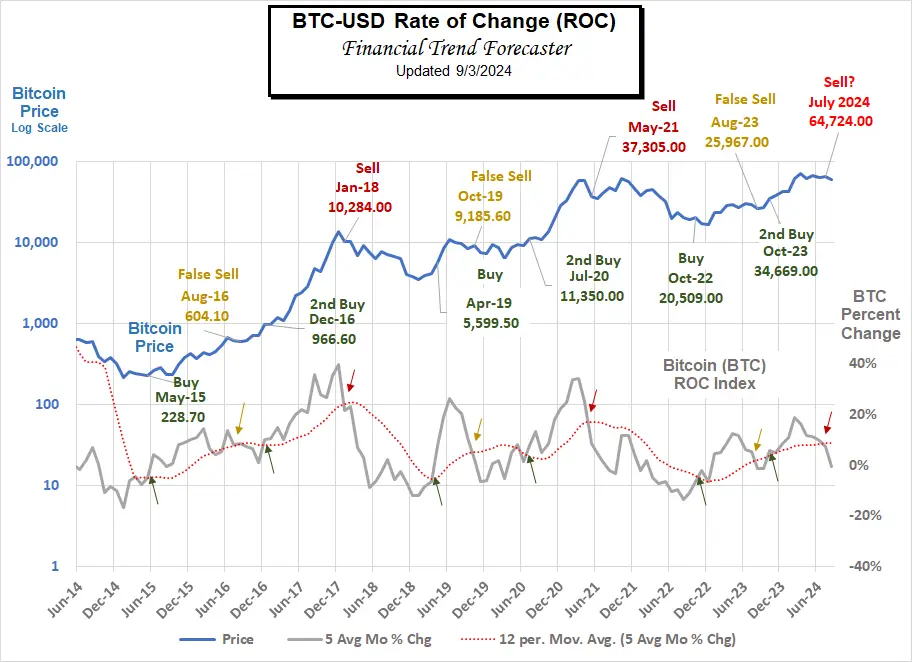

Congratulations on a fantasic report on the status and projection for the economy.
An evaluation of the Gold vs Oil Ratio as a useful measurement for investing would be appreciated.
Thanks Nicholas! I’ll try to get to it ASAP.
The Gold vs Oil charts have been updated.
https://inflationdata.com/articles/comparing-oil-gold/